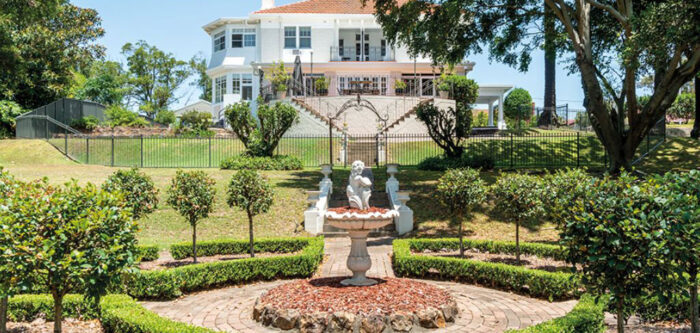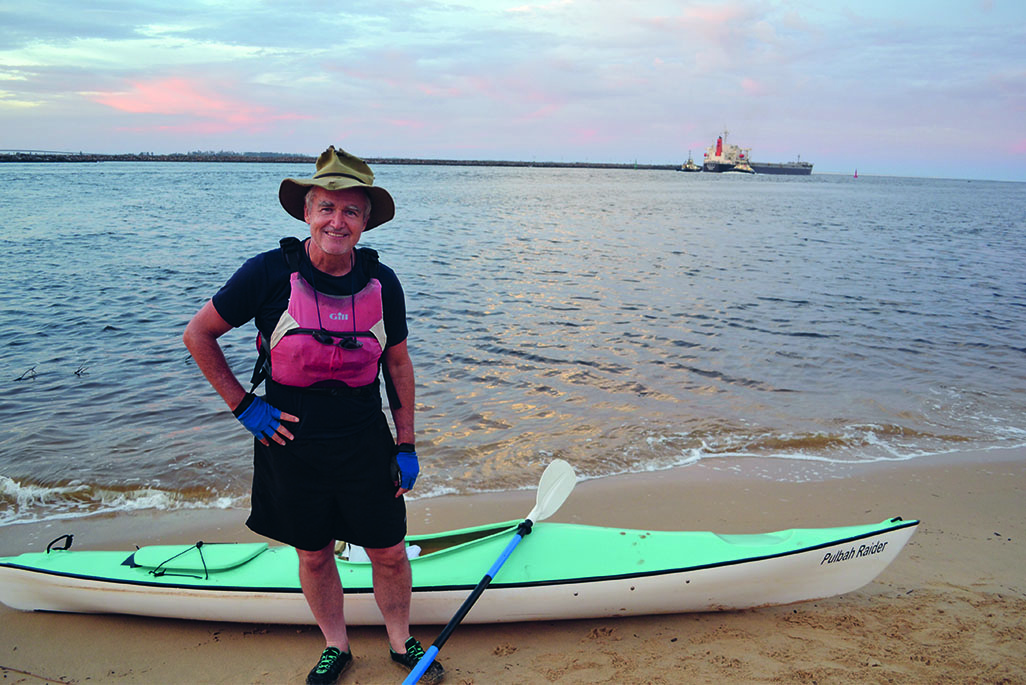
Kayaking the Hunter
Scott Bevan takes us on a journey along the region’s most important waterway, from its headwaters to the sea.
As the current nudges me around the bend, the river presents a view that all but takes my breath away. Ahead of me is a long straight of water riffled in places by rapids and painted in different tones of green by the wash of afternoon light. As the river bends once more in the distance, the bush congregates by the bank, tossing shadows on the water. Beyond that, rising towards the flawless blue sky, is a stunning sandstone escarpment, its dramatically craggy face burnished and glowering at the touch of the sun.
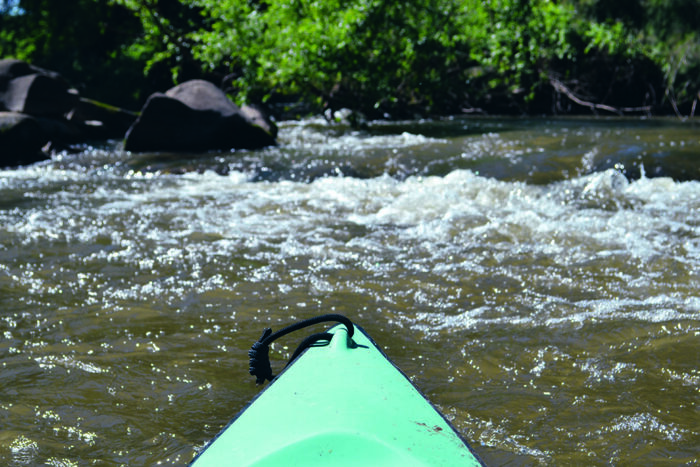
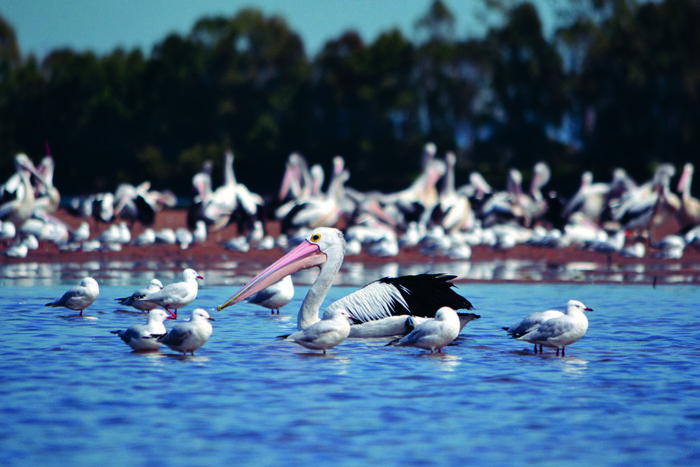
‘Wow!,’ is all I utter, before my exclamation is swallowed by the murmuring of the water as it tumbles over some rocks in the stream. This is a view, a moment, you expect to see in a tourism ad, seducing you to fly half way around the globe to immerse yourself in something and somewhere truly extraordinary.
Yet here I am, deep in the heart of my home, being carried by the lifeblood and defining force of a region.
This may be one waterway, but on its journey of about 470 kilometres from its headwaters to the sea, the Hunter River presents so many different scenes and perspectives of life in the valley. Along its course, the Hunter can feel like many rivers in one.
And the best way to experience the sheer diversity, and the beauty, of what this valley holds is to go with the flow and paddle the river that defines it.

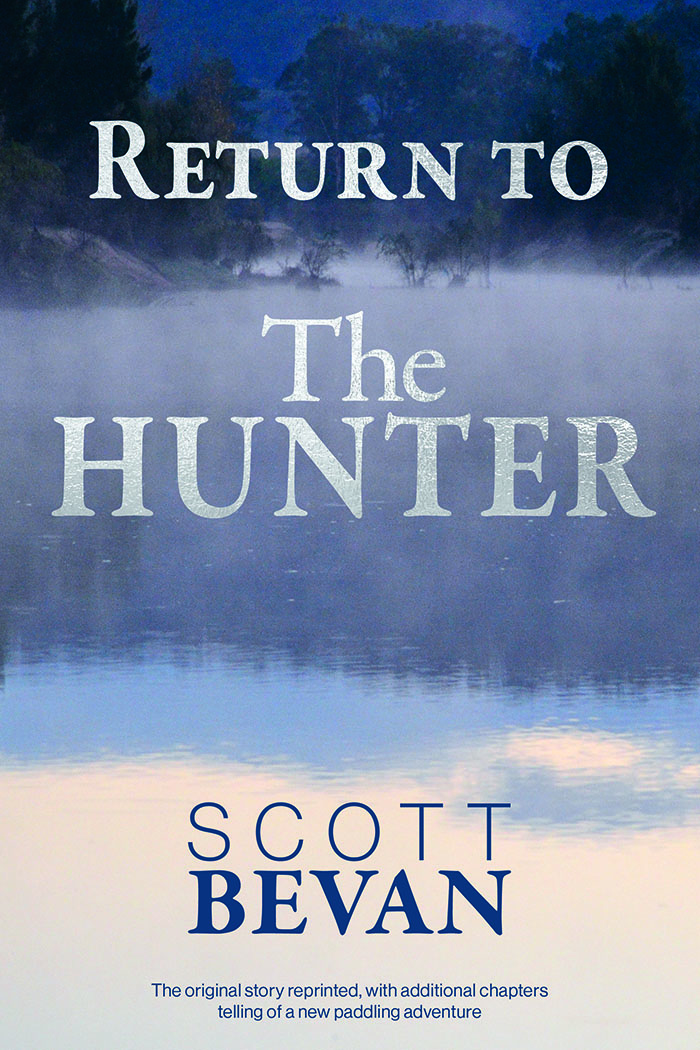
You can paddle short stretches or, if you have a couple of weeks, most of it. Over the past 20 or so years, I’ve canoed and kayaked the Hunter a few times. I paddled it solo in 2011 as research for my book, The Hunter, and 10 years later for my latest publication, Return To The Hunter.
Little wonder the river keeps drawing me back. The depth of what the Hunter offers in experiences and insights is unfathomable.
On the rooftop of the Hunter, in Barrington Tops, the river is born as three streams that slither through that often misty and mystically beautiful landscape. The streams meet and the baby river tumbles out of the high country and cuts through some of Australia’s finest pastoral properties, including the polo utopia created by billionaire Kerry Packer at Ellerston and the historic estate of Belltrees.
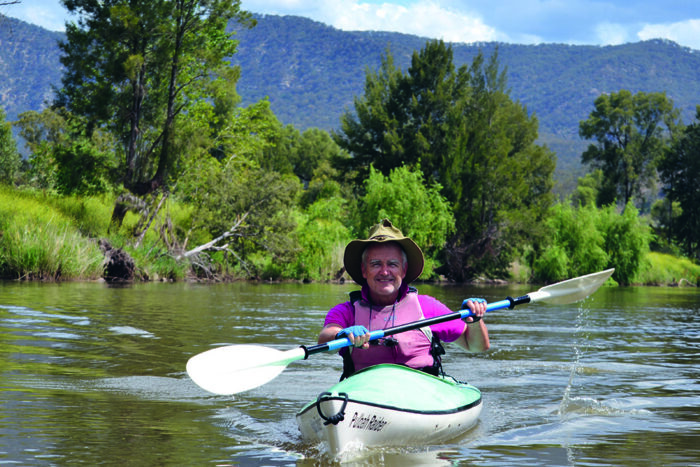
At Belltrees, which has been home to members of the White family for eight generations, there is a magnificent homestead and a shearing shed. Designed by North American architect John Horbury Hunt in 1879, it is a cathedral to wool and a reminder of the fortunes and lives created, in no small part, from river water.
Belltrees is where I began my paddling journey to Newcastle in both 2011 and 2021, for there was enough water under the hull – most of the time – to paddle, rather than drag the kayak.
My exploration of the river upstream from here has been on foot.
Downstream from Belltrees, the river balloons into Lake Glenbawn, which is not just an aquatic playground but a vast reservoir that feeds communities and farms, mines and power stations downstream.
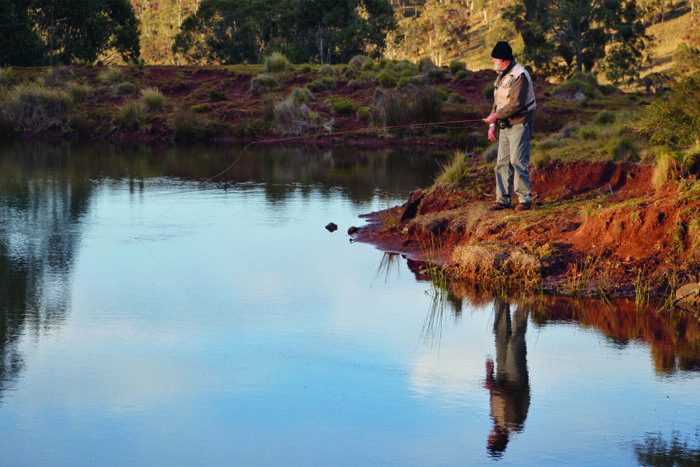
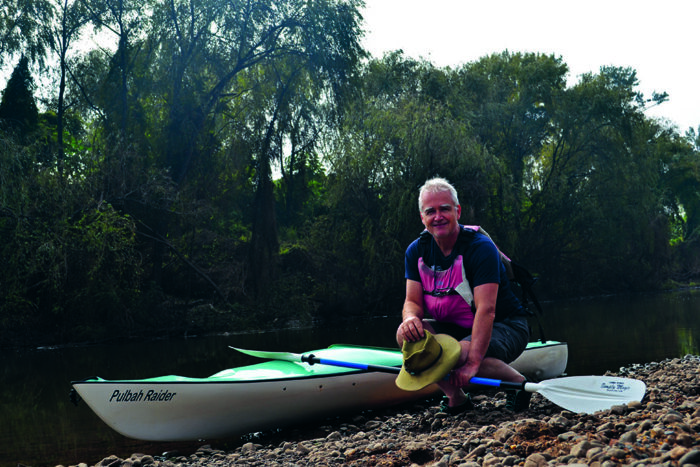
Read the full article in our Summer Edition of Hunter & Coastal Lifestyle Magazine or subscribe here.
Story and photography by Scott Bevan.

